
Peoples and Languages
Social Media
Leave comments, suggestions, keep an eye on news in our groups on VK, Odnoklassniki and Telegram channel

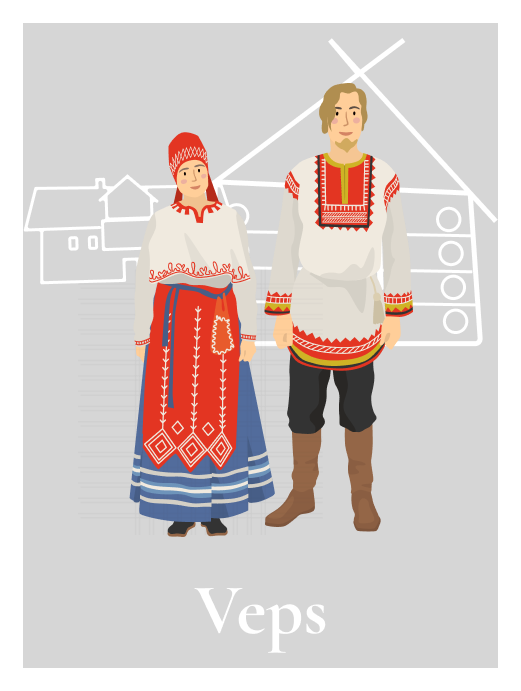
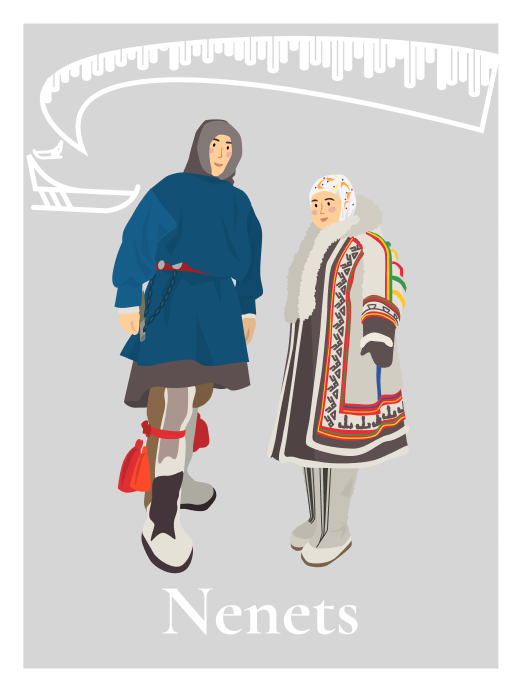
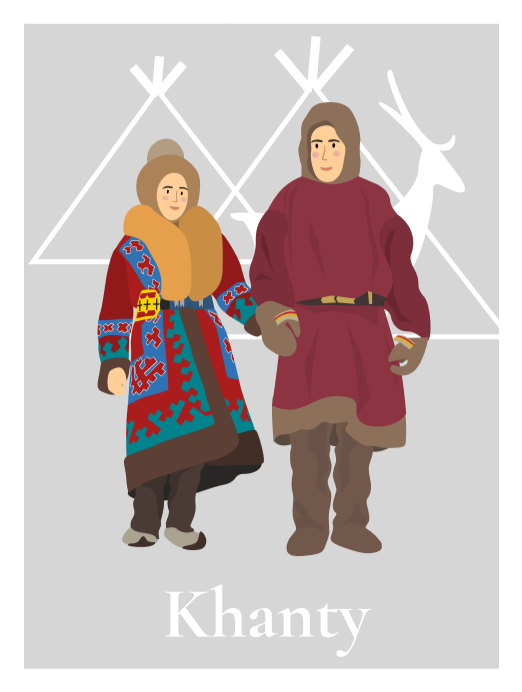
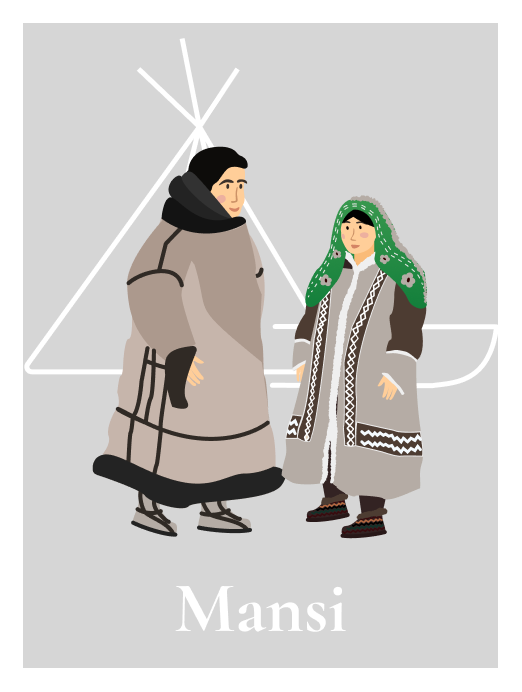


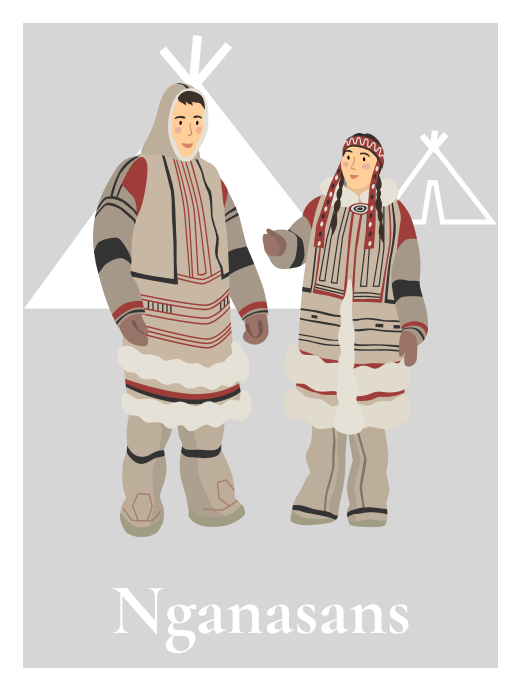

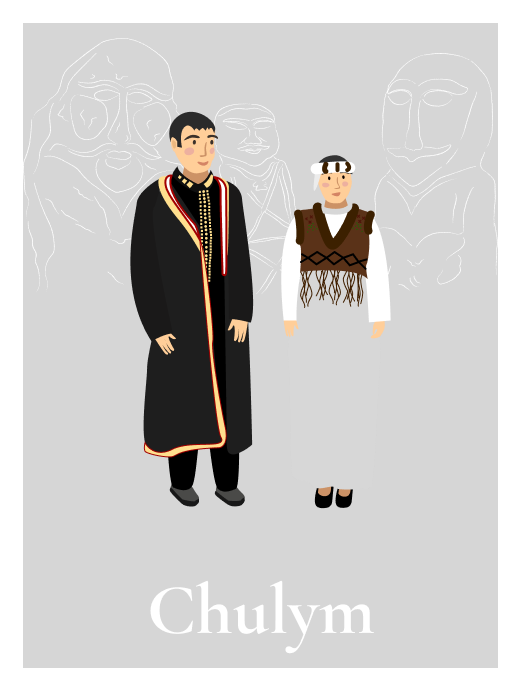

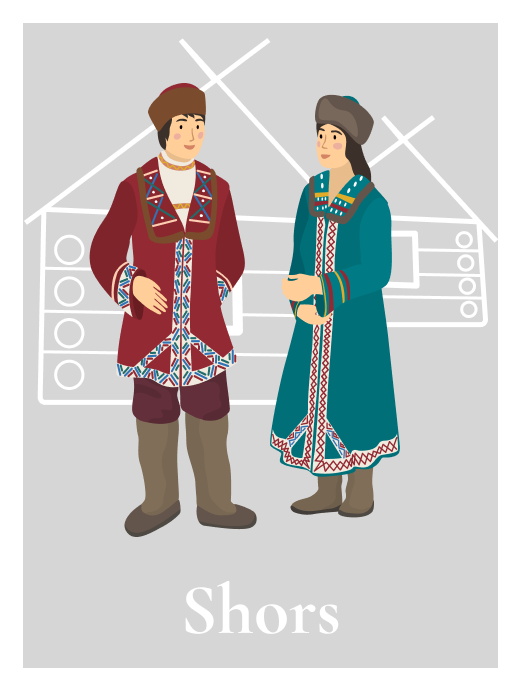
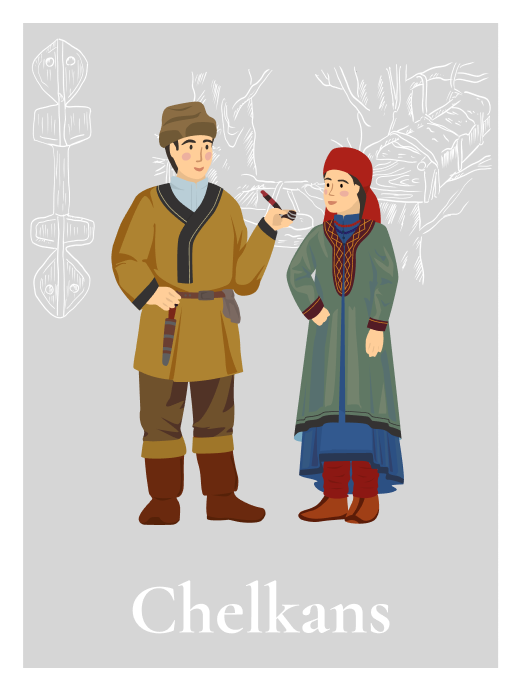


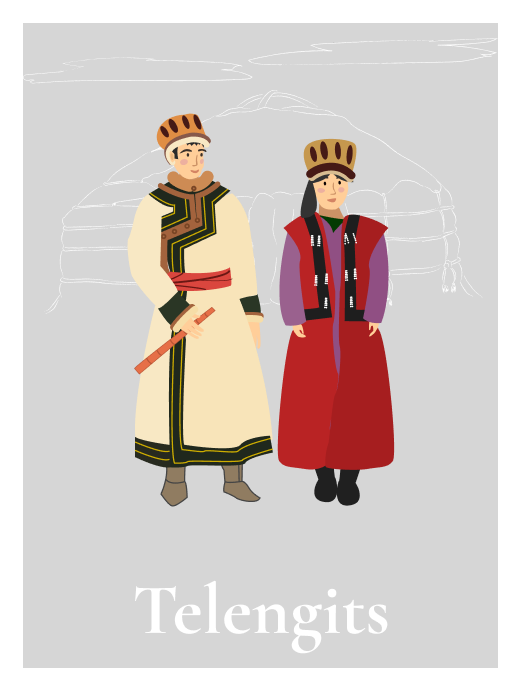
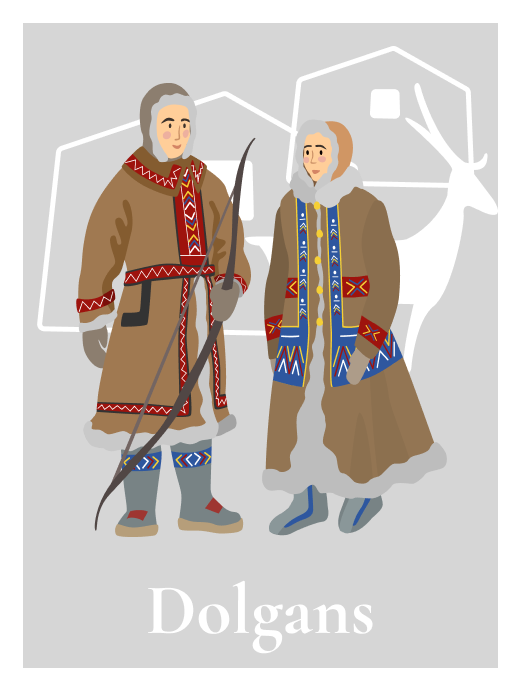
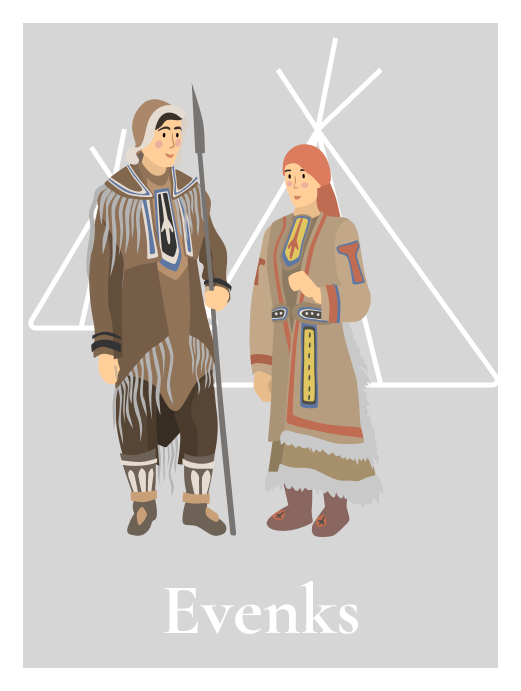


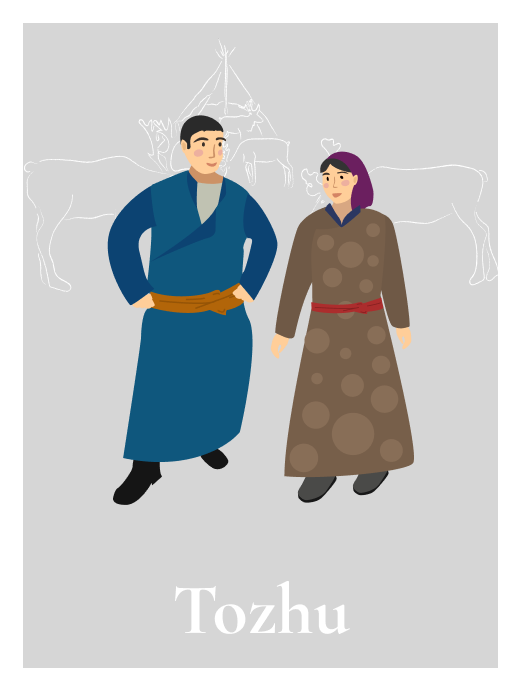



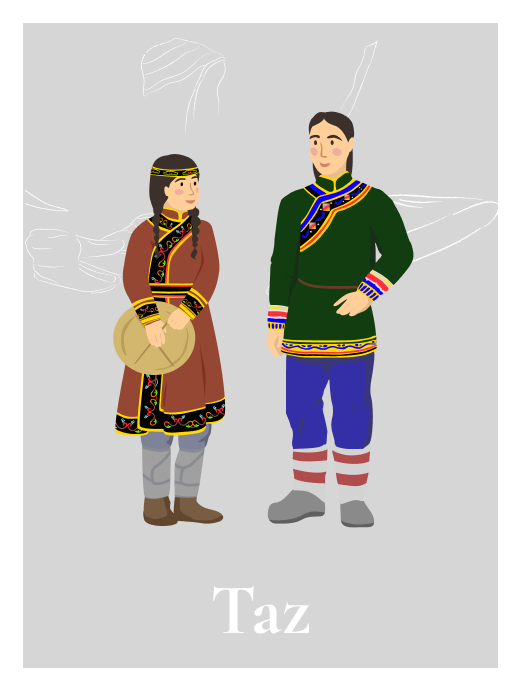

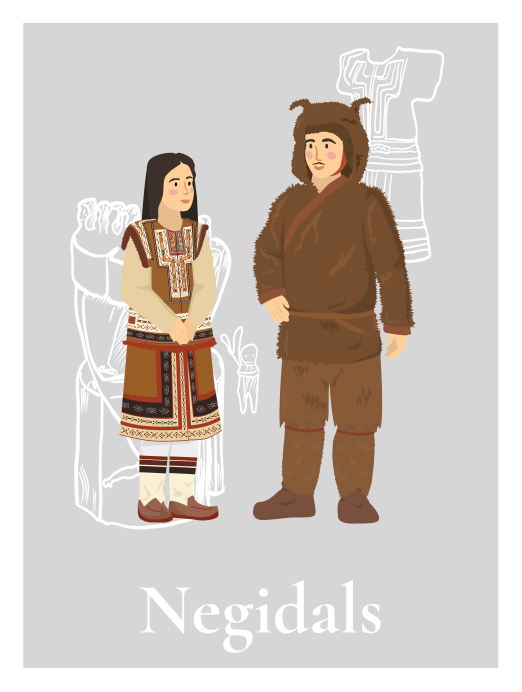



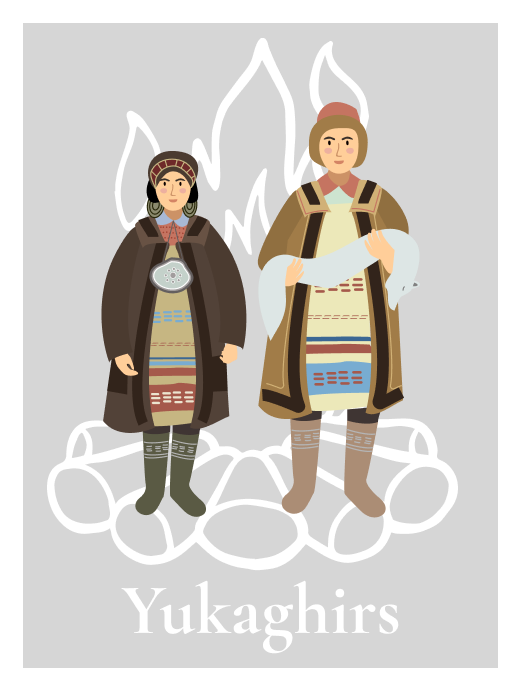


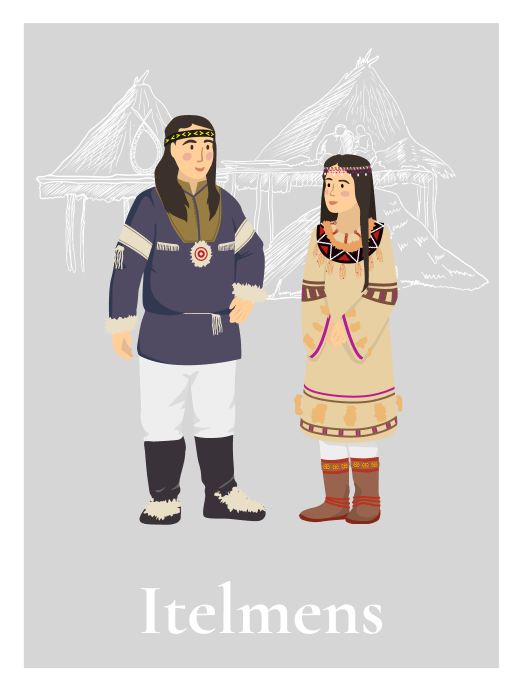

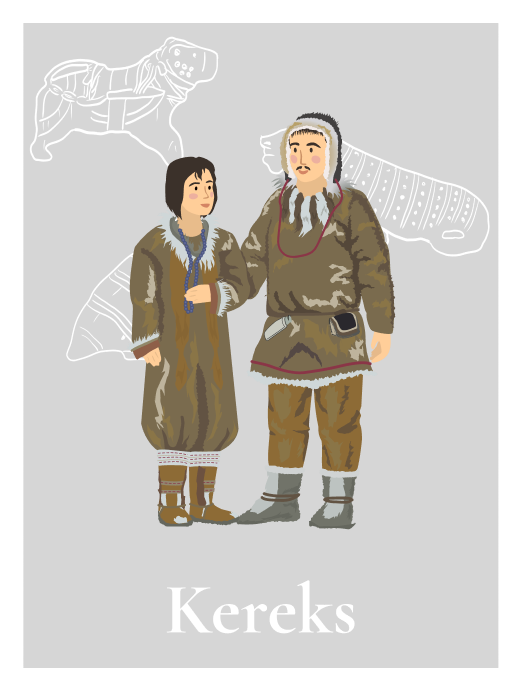
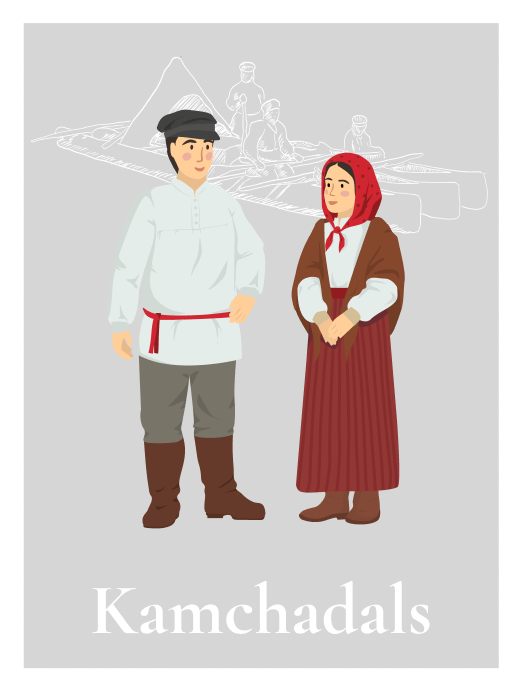

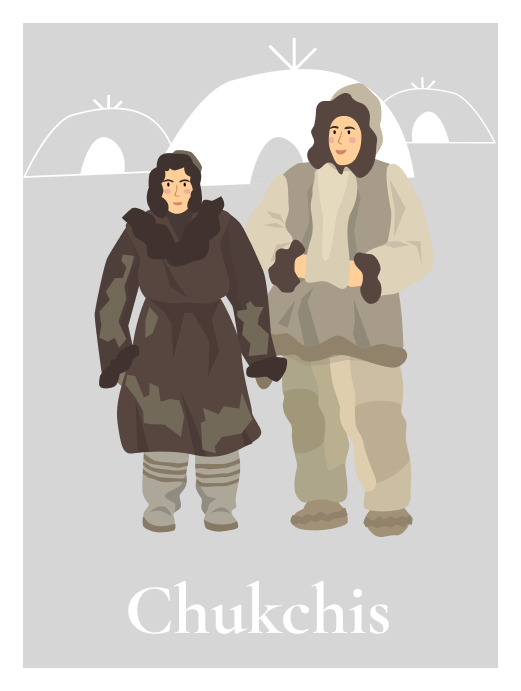
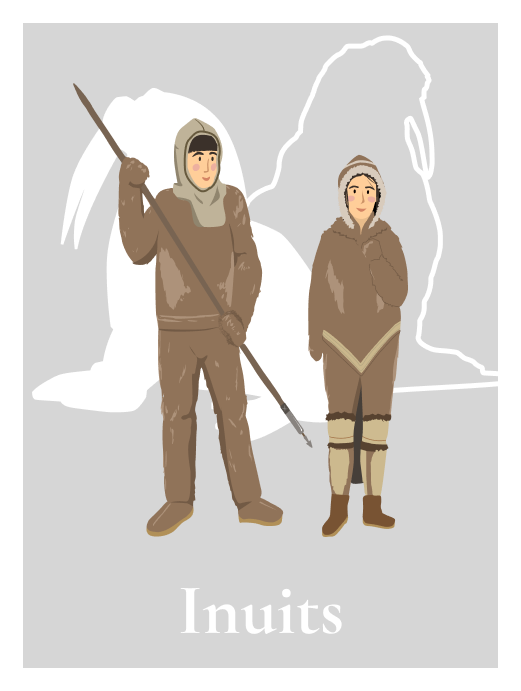
Russian and Soviet ethnographic scholarship follows an established tradition of some 400 years and calls this group Chelkans after the name of one of its clans. There is also the name “Lebedin,” or people of the Lebed from the river Lebed where Chelkan communities live. During the Soviet era, Altai Chelkans were recorded in economic documents, passports, and Censuses as Altaians, while Chelkans of the Kemerovo Region were usually recorded as Shors.
The population of the Turochak district where most Chelkans live work in commerce, the service industry, tourism, and the timber industry. The Turochak district has the third-highest per capita revenues in the Altai Republic.
Chelkans’ religious beliefs in the 19th-early 20th century were, like the beliefs of other mountain-taiga ethnic groups in the region, a whimsical mix of old shamanic ideas and the gradually spreading official and primarily everyday Orthodox Christianity. However, since Chelkan villages were far removed from the Altai Spiritual Mission, official Orthodox Christianity failed, for a long time, to make much progress among Chelkans.